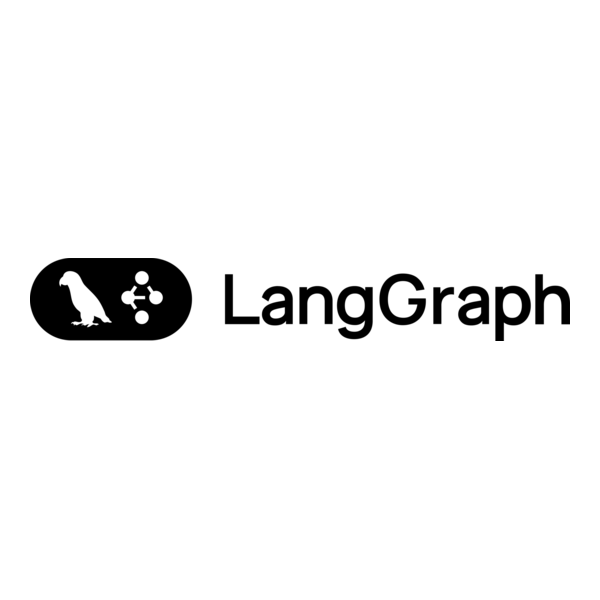I’m excited to share agent-spec-lab, a modular Python project that demonstrates how to build a spec-driven, agentic system that answers FAQ-style queries over a local markdown knowledge base. The repo is public on GitHub
Below is a breakdown of what it does, how it works, and how you can use or extend it.
What is Agent Spec Lab?
At a high level, agent-spec-lab is a prototype framework / reference implementation showing how to:
Use LangGraph (a framework for graph-structured agents) to piece together retrieval and answer nodes.
Store knowledge in markdown files (in data/faq/) and retrieve relevant content.
Integrate with OpenAI’s chat models to generate the answer content.
Trace execution via LangSmith for observability and debugging.
Maintain a typed shared state using Pydantic models across the graph.
Enforce good engineering practices (tests, linting, formatting, type-checking) via CI.
In short: it is a “playground” or scaffold for someone who wants to explore how to build more complex, spec-driven multi-agent systems in Python.
Some notable parts:
cli.py provides a command-line interface (using Typer) so you can run queries easily.
state.py defines a Pydantic class or classes that encode the shared graph state (e.g. what has been retrieved, what context is active).
graphs/ & nodes/ contain logic for building the graph: nodes that retrieve, nodes that answer, etc.
tools/ has helper utilities, such as loading the markdown files, integrating with OpenAI, and wiring up LangSmith tracing.
data/faq/ contains one or more markdown files used as the content base: your agent answers FAQs over these.
tests/ holds Pytest tests to validate functionality.
The GitHub Actions CI config ensures that on each push, formatting (via Ruff / Black), linting, type-checking (via MyPy), and tests are run.
How to Use It
Here’s how to get started with agent-spec-lab (per README instructions)
Install dependencies
python -m venv .venv
source .venv/bin/activate
pip install -U pip
pip install -e .[dev]
Configure environment variables
Copy .env.example to .env and fill in required keys. At a minimum, it expects:
OPENAI_API_KEY
LANGCHAIN_TRACING_V2 (set to true to enable LangSmith tracing)
LANGCHAIN_API_KEY
Develop / extend
Add or update your markdown FAQ files in data/faq/.
Add more nodes or graph structure in graphs/ / nodes/ to handle more complex workflows or multiple agents.
Use the existing tests as templates to ensure new behavior is validated.
Monitor the traces via LangSmith to understand how queries traverse nodes.
Continuous integration
The repository’s .github/workflows/ci.yml ensures that every push triggers formatting checks, linting, type checking, and running tests.
What Makes It Interesting / Useful
Here are a few strengths and use cases:
Spec-driven architecture
Rather than ad-hoc chains of prompts, the design encourages building with modular, typed nodes and clearly defined interfaces.
Local knowledge base
Using markdown files means the content is version-controlled, editable, auditable, and easy to maintain.
Traceability and observability
With LangSmith tracing built in, you can inspect how the agent decided on specific nodes or retrievals.
Extensibility to multi-agent flows
Because of the modular graph-based layout, one can expand or branch into more complex orchestration (e.g. having multiple agents collaborate) beyond FAQ answering.
Good engineering hygiene
The inclusion of tests, type-checking, linting, formatting, and CI from the start makes it a healthy scaffold to build on.
Limitations & Considerations
While agent-spec-lab is a strong starting point, here are some caveats and things to watch out for:
The knowledge base is limited to static markdown files. It doesn’t natively support dynamic sources (e.g. databases, APIs) out of the box.
It currently handles FAQ-style queries; more open-ended or generative dialog might require adapting the graph.
Costs & rate limits of OpenAI API apply; for heavier usage, one would need error handling, caching, rate limiting, etc.
The project is a “playground” rather than a polished production system, so you may need to augment it with robustness, security, and scaling features.
Ideas for Extensions & Experiments
Here are some possible ways you (or readers) might extend this:
Replace / augment markdown with other sources (e.g. JSON, SQLite, APIs) and implement nodes to ingest or query them.
Add a “summarize” or “context consolidation” node to compress multiple retrieved documents.
Branch into multi-agent patterns: e.g. a “planner” agent, a “retriever” agent, and a “writer” agent, all orchestrated in the graph.
Add caching layers or embedding index persistence to speed up repeated queries.
Build a web UI or server wrapper to serve queries over HTTP rather than via CLI.
Add more diagnostics or visualizations around trace paths or node activations via LangSmith.
